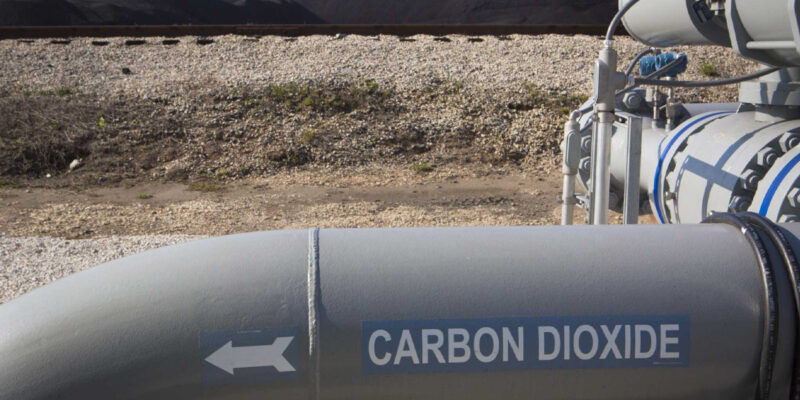Much of Carbon Capture and Storage (CCS) technology and its capabilities are misunderstood, and so are the processes, regulations, and rules that CCS projects must follow. This is made clear in the Louisiana Citizen’s Advocacy Group’s recent Hayride article, “Louisiana Legislature Offers Up Private Property To Green Energy Gods,” which posits that Louisiana Senate Bill 353 (SB 353) is a “hideous piece of legislation that eviscerates the rights of Louisiana landowners under the thinnest of legal and environmental pretexts.”
That could not be further from the truth.
SB 353 was authored by Republican Senator Sharon Hewitt, who as the author notes, has “supported some good bills that have served Louisiana citizens well.” The legislation allows for an expanded definition of CCS, meaning that heavy-emitting industries of all types, from petrochemicals to pulp and paper, can better qualify for funding such as the 45Q tax credit, which 64 facilities in Louisiana currently qualify for. The emissions from these 64 facilities represent an estimated 78% of total emissions from similar facilities across the state.
But this is not mentioned in the article, which instead rehashes debunked arguments about CCS that do not hold merit. For example, the piece claims that the “environmental ogre in the attic” ignored by Senator Hewitt and other legislators is that CCS technology “has not been proven to work.” This ignores the fact that CCS has been successfully applied in a wide range of industries since 1972 when several natural-gas processing plants in the Val Verde area of Texas began employing carbon capture to supply CO2. It also ignores the 80% of countries worldwide that feature CCS in their long-term low emissions and development strategies.
Also, the conditions for CCS development may not have been in place in the past like they are now. CCS technology has improved vastly since it was first introduced, the policy landscape is evolving across both sides of the aisle to support CCS projects, and both public and private funding is being readily made available for investments in these types of projects.
Not to mention, there is no other current technology available that can decarbonize our larger emitting, but essential, industries like manufacturing, chemicals, and refining. If current trends continue, many of these industries and the hard-working Americans that work in them may find themselves economically constrained as environmental regulations become stricter. CCS technologies instead offer an opportunity for energy producers to continue operations and maintain economic stability, while at the same time reducing their carbon impacts.
That’s good news for those of us in Louisiana, as our region is one of the country’s largest concentrated sources of CO2, and it is located close to the Gulf of Mexico, which analysis of U.S. Department of Energy data estimates the region can safely store about 500 billion metric tons of CO2. That’s equivalent to more than 130 years of industrial and power generation emissions in the United States.
There is clearly a reason why there is so much agreement economically, politically, and environmentally about the potential of CCS technology — it has been in practice for decades and both pipeline and geological storage systems have proven effective. In fact, there are currently 50 CO2 pipeline systems operating in the U.S. that transport approximately 70 million tons of CO2 every year, and the underground geological storage of CO2 has been a naturally occurring process for hundreds of millions of years.
Advertisement
Lastly, the piece in question claims that the “most deeply troubling aspect of SB 353” is that it enables energy companies to invoke eminent domain when wanting to build CCS projects. The author makes it seem as if this is an inevitable and immediate part of the legislation, rather than a last resort for critical energy infrastructure.
For perspective, a survey conducted on Interstate Natural Gas Association of America companies regarding natural gas pipeline projects placed into service showed that between 2008 and 2018 — a total of 7,200 miles of interstate natural gas pipelines — showed less than 2% of those right-of-way easements required a judicial determination for eminent domain.
CCS offers Louisiana both an environmental and economic opportunity. There is great potential for our state to both reduce emissions and strengthen our economy as investments in CCS would create jobs, support energy development, and spur growth across many sectors.
I don’t know anyone who’d be against that.
DK Willard is a Louisiana-based civil engineer with over 20 years of experience in the offshore Oil & Gas industry. He has led projects both domestically and worldwide countries including Israel, Mexico, and Jamaica. He has considerable experience working in the Gulf of Mexico and is a veteran of the Louisiana energy industry.
Advertisement
Advertisement

